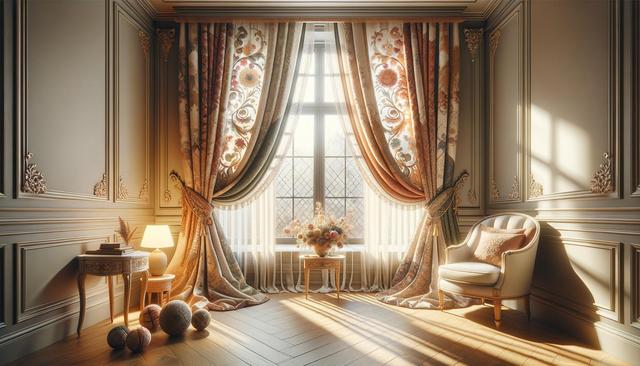Understanding the Role of Window Treatments
Window treatments are more than just decorative additions—they serve practical purposes that enhance the comfort and appeal of interior spaces. Whether you’re looking to block out light, insulate your home, or add privacy, window treatments offer a versatile solution. From residential to commercial properties, the right treatment can harmonize a room’s design while also contributing to energy efficiency. Styles vary widely, including options such as curtains, drapes, blinds, shades, and shutters, each offering unique benefits depending on the setting and need.
The functionality of window treatments often goes unnoticed until it’s needed. For instance, blackout curtains can significantly improve sleep quality in bedrooms by reducing light pollution. In common areas, sheer fabrics can diffuse sunlight without sacrificing brightness. Moreover, in temperature-sensitive environments, thermal curtains or cellular shades help regulate indoor climate effectively. These examples underscore the importance of aligning your choice of window treatment with your specific lifestyle and environmental needs.
Types of Window Treatments and Their Features
The variety of window treatments available today caters to a broad range of preferences and requirements. Choosing the right type involves considering factors like the room’s purpose, the direction of sunlight, and existing decor. Here are some common types and their attributes:
- Blinds: Available in vertical or horizontal slats, blinds offer adjustable light control and privacy.
- Shades: Ranging from Roman to roller styles, shades provide a sleek appearance and come in various opacity levels.
- Curtains and Drapes: These fabric-based options are ideal for adding softness and elegance to a room.
- Shutters: Often made of wood or composite materials, shutters are durable and provide a classic look with excellent insulation benefits.
Some treatments blend style and technology, such as motorized blinds or smart shades that integrate with home automation systems. These innovations add convenience and can be tailored to suit modern living standards.
How to Choose the Right Window Treatment
Selecting the right window treatment begins with understanding your needs and the room’s character. Start by assessing the amount of light you want to allow in, the level of privacy required, and your preferred maintenance routine. For example, kitchens might benefit from easy-to-clean materials like faux wood blinds, while living rooms may call for layered curtains to create a cozy atmosphere.
Color and fabric choice also matter. Lighter colors make spaces feel larger and more open, while darker tones add depth and sophistication. The texture of the material can influence the room’s mood—linen offers a relaxed feel, whereas silk brings luxury. Don’t overlook hardware either; curtain rods, tiebacks, and finials can enhance the overall aesthetic.
Budget is another critical factor. Fortunately, there are quality solutions available at various price points. Whether opting for custom fittings or ready-made selections, a thoughtful approach ensures you achieve both function and flair.
Benefits of Investing in Quality Window Treatments
Window treatments are a long-term investment that can boost not only the appearance but also the value of your property. High-quality treatments offer durability and performance that withstand daily use and environmental exposure. They can also help reduce energy bills by minimizing heat loss in winter and blocking excessive heat in summer.
Other advantages include:
- Enhanced Privacy: Especially important in urban settings or ground-level rooms.
- Improved Acoustics: Heavy drapes or layered treatments can absorb sound and reduce echo.
- Furniture Protection: UV-filtering treatments prevent fading of upholstery and flooring.
Additionally, window treatments can be tailored to reflect your personality and style preferences, making them a key element in personalized interior design.
Maintenance Tips and Longevity
Maintaining your window treatments properly ensures they stay functional and attractive for years. The care required largely depends on the material and type. Fabric treatments like curtains may need regular washing or dry cleaning, while blinds and shutters typically just require dusting or a damp cloth wipe-down.
Here are a few general maintenance tips:
- Vacuum fabric treatments with a brush attachment to remove dust and allergens.
- Use mild soap and water to clean vinyl or faux wood blinds.
- Avoid harsh chemicals that could degrade materials or finishes.
- Check for wear and tear on mounting hardware and repair as needed.
Regular upkeep not only extends the life of your treatments but also maintains their functionality and appearance. For motorized or automated options, be sure to follow the manufacturer’s recommendations for battery replacement or software updates.




Leave a Reply